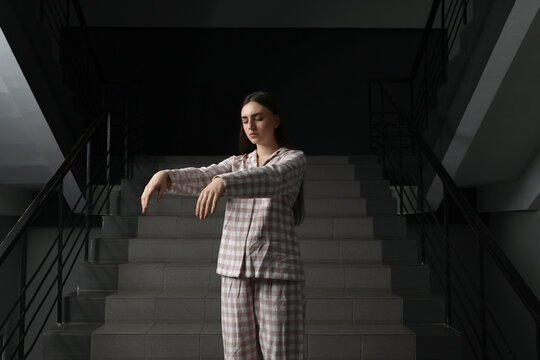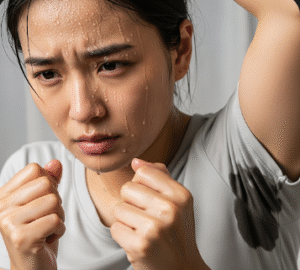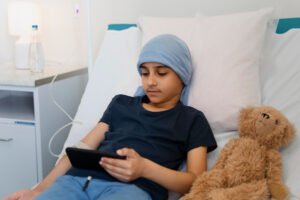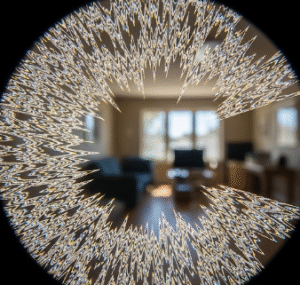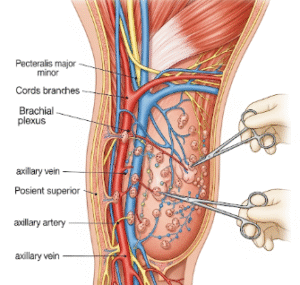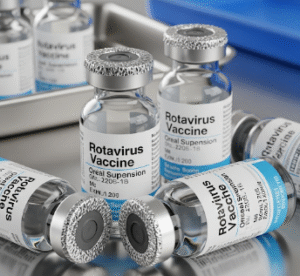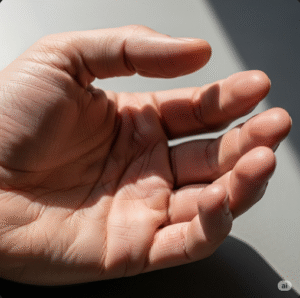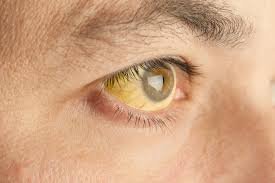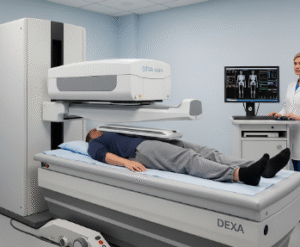Overview
Sleepwalking, also known as somnambulism, is a sleep disorder that involves walking or performing other complex behaviors while in a state of partial arousal from deep sleep. Though commonly seen in children, sleepwalking can also occur in adults and may be linked to stress, sleep deprivation, or underlying medical conditions. In Korea, sleepwalking is addressed by sleep specialists through diagnostic evaluations and behavioral or medical therapies, especially in urban medical centers.
What is Sleepwalking?
Sleepwalking is a non-REM parasomnia, a type of disorder that occurs during the slow-wave phase of sleep (deep sleep). A person who is sleepwalking may sit up, walk around, perform routine activities, or even leave the house, often with a blank expression and no memory of the event upon waking.
Although most episodes are brief and harmless, sleepwalking can pose safety risks for the individual or others, especially if it involves stairs, sharp objects, or outdoor movement.
Symptoms
- Getting out of bed and walking during sleep
- Blank, glassy-eyed expression
- Non-responsiveness during episodes
- Difficulty waking the person
- Little or no memory of the event
- Talking, mumbling, or performing tasks (e.g., dressing or eating)
- Possible injury during an episode
Causes
Sleepwalking is often caused by a combination of genetic, environmental, and physiological factors:
- Genetics (family history of sleepwalking or other parasomnias)
- Sleep deprivation
- Stress and anxiety
- Fever or illness (especially in children)
- Alcohol or sedative use
- Irregular sleep schedules
- Medical conditions such as sleep apnea, restless leg syndrome, or GERD
- Certain medications, including hypnotics or antihistamines
Risk Factors
- Age: Most common in children aged 5–12
- Family history of sleepwalking or night terrors
- Sleep disorders like insomnia or apnea
- Stressful life events
- Use of certain medications
- Mental health conditions, such as anxiety or depression
Complications
- Injury to self or others
- Fatigue or daytime sleepiness
- Impaired performance at work or school due to disrupted sleep
- Strained relationships if the episodes are frequent or disturbing
- Accidental wandering or exposure to dangerous situations
Prevention
- Maintain a regular sleep schedule
- Reduce stress through relaxation techniques like meditation or breathing exercises
- Avoid alcohol, caffeine, or heavy meals before bedtime
- Create a safe sleeping environment (remove sharp objects, lock doors/windows)
- Avoid sleep deprivation
- Address underlying sleep disorders or medical issues
Treatment Options in Korea
- Diagnosis by Sleep Specialists
Leading hospitals in Korea such as Severance Hospital, Samsung Medical Center, and Asan Medical Center offer specialized sleep clinics. Evaluation may include:- Polysomnography (overnight sleep study)
- Neurological and psychological assessments
- Behavioral Therapy
- Scheduled awakenings (waking the person briefly before typical episode time)
- Cognitive Behavioral Therapy (CBT) to reduce stress and anxiety
- Relaxation techniques including guided meditation or progressive muscle relaxation
- Medication (When Necessary)
- Benzodiazepines (e.g., clonazepam) in severe or dangerous cases
- Antidepressants may be used when linked to underlying anxiety or depression
- Home Safety Modifications
- Korean sleep therapists and hospitals often recommend practical safety changes like:
- Installing door/window alarms
- Padding furniture edges
- Using baby gates for staircases
- Korean sleep therapists and hospitals often recommend practical safety changes like:
- Integrative Approaches
- Some Korean wellness clinics may also incorporate oriental medicine or herbal treatments to support sleep health, though evidence varies.
- Parental Counseling (for Children)
- Pediatricians and child psychologists provide reassurance and guidance to parents dealing with sleepwalking in children.

